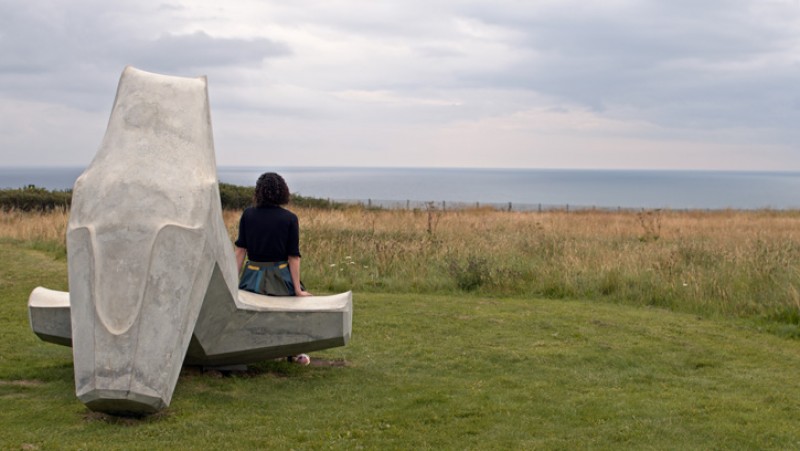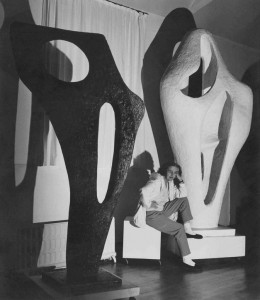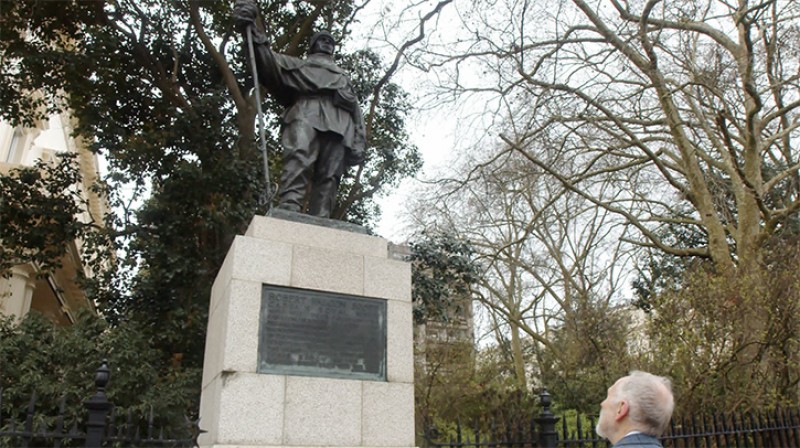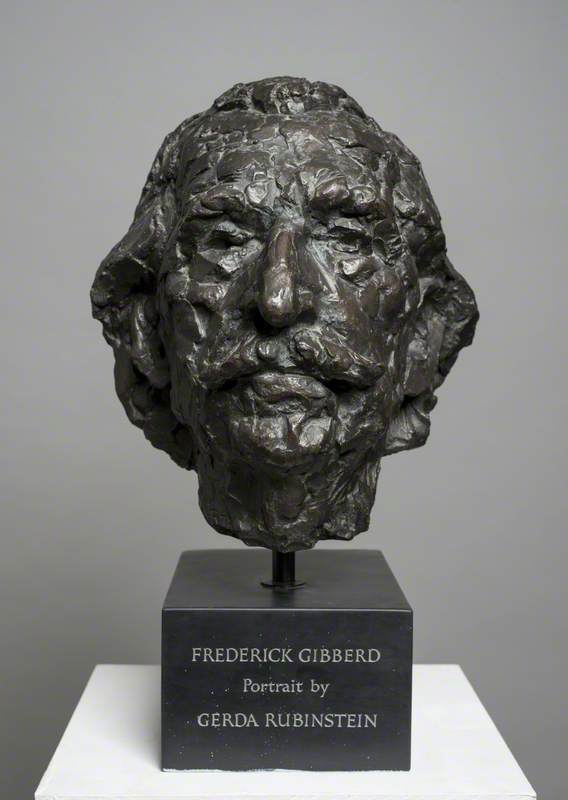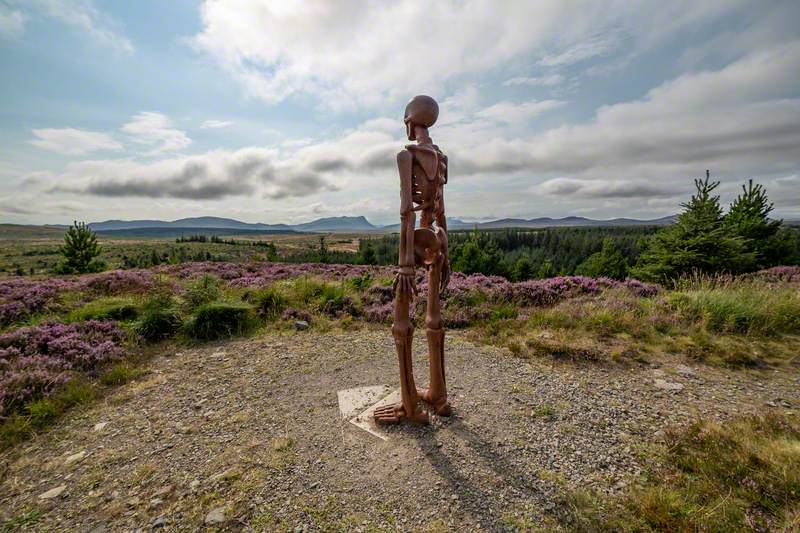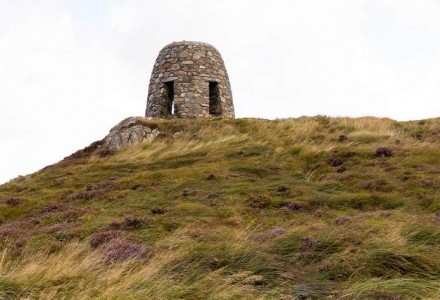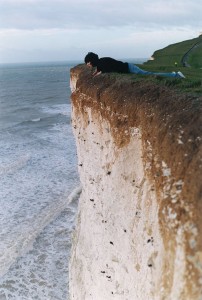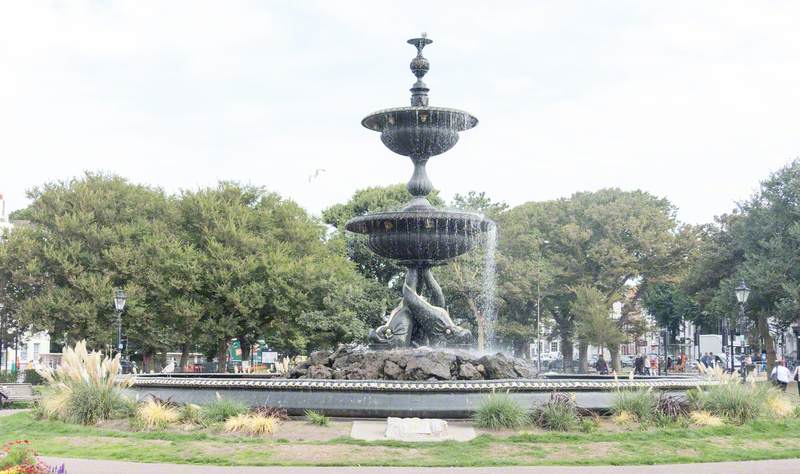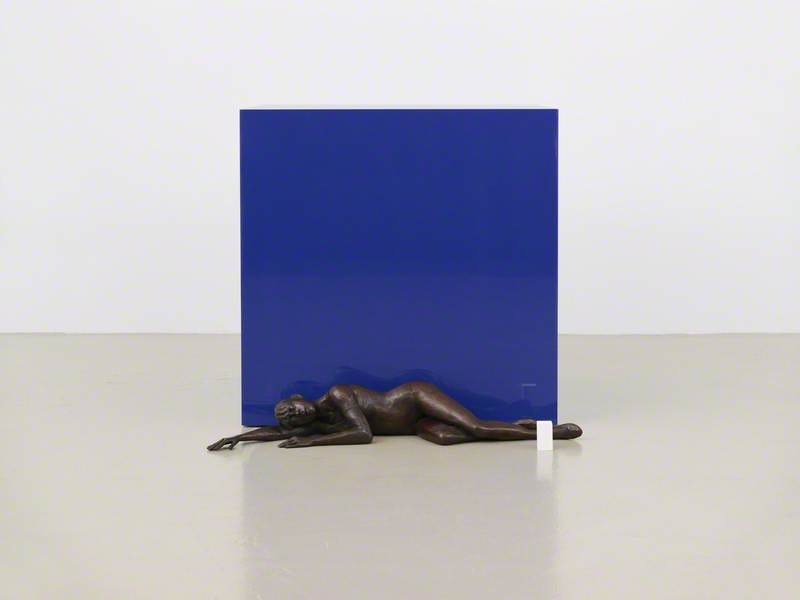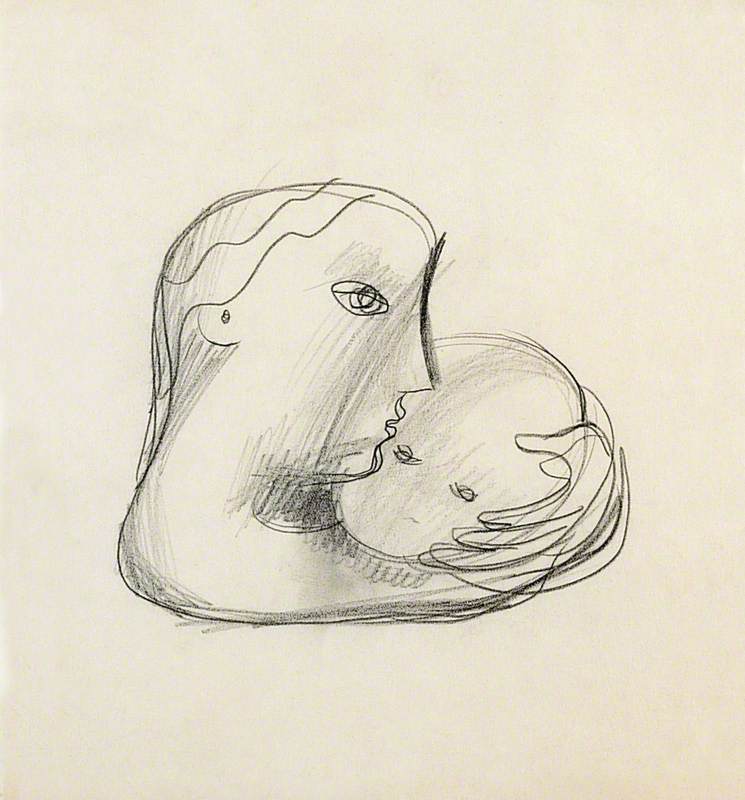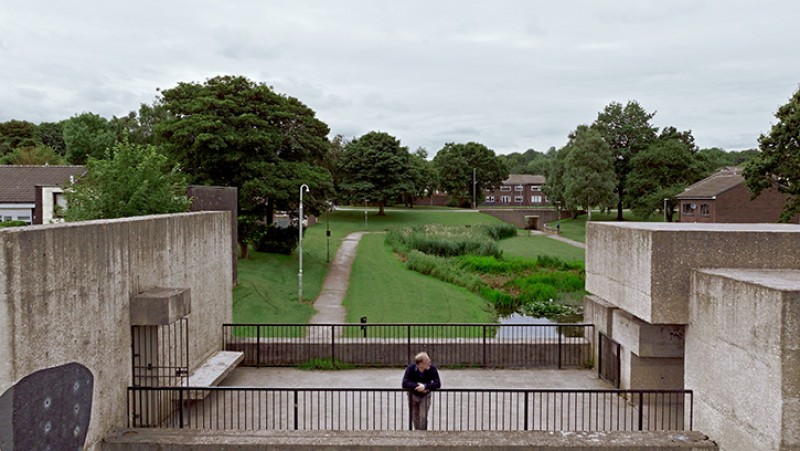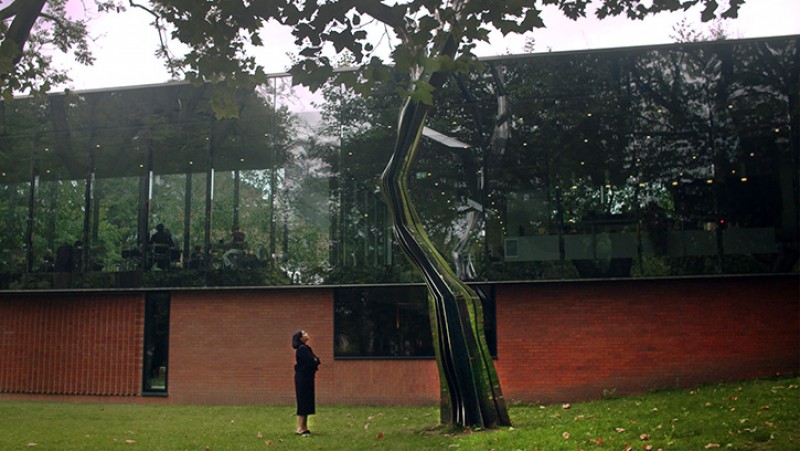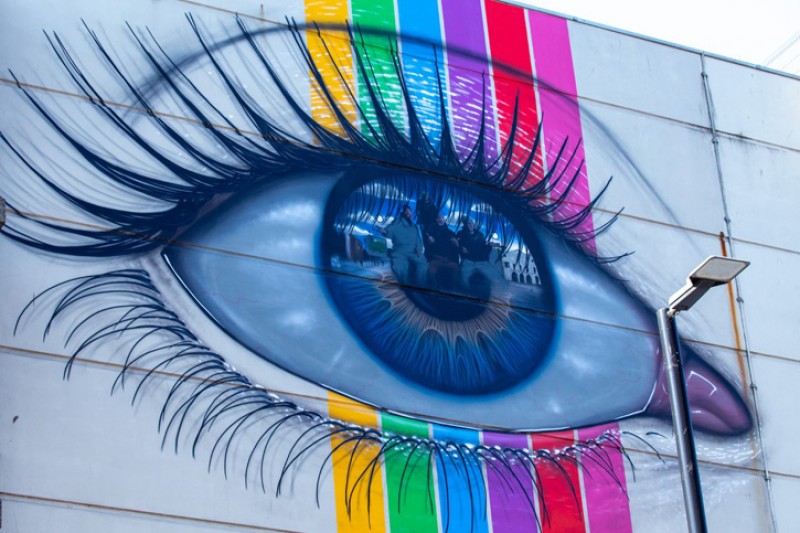Tucked away in an unassuming neighbourhood stands an enormous sculpture by one of the biggest names in British art. The ten-foot-high Contrapuntal Forms is one of the largest sculptures that Barbara Hepworth had attempted at the time. One of many sculptures in Harlow, Essex, the work is the subject of a new film by HENI Talks.
In 1953, Harlow Art Trust was founded to commission and purchase sculptures to bring beauty to the post-war new town. The Trust believed that the commissions should be more than mere decoration: they should be part of the fabric of everyday life and owned by the people who live around them.
Barbara Hepworth was an artist and sculptor whose works were among the earliest abstract sculptures produced. Her lyrical forms and feeling for material made her one of the most influential sculptors of the mid-twentieth century. Contrapuntal Forms was originally commissioned by the Arts Council for the World Fair as part of the 1951 Festival of Britain.
When the festival closed, the Arts Council presented the sculpture to Harlow new town in Essex. The sculpture was meant to be relocated to a more central location once an appropriate area was found, but the move was stopped by the protest of Harlow residents.
Still from HENI Talk's film on Barbara Hepworth's 'Contrapuntal Forms'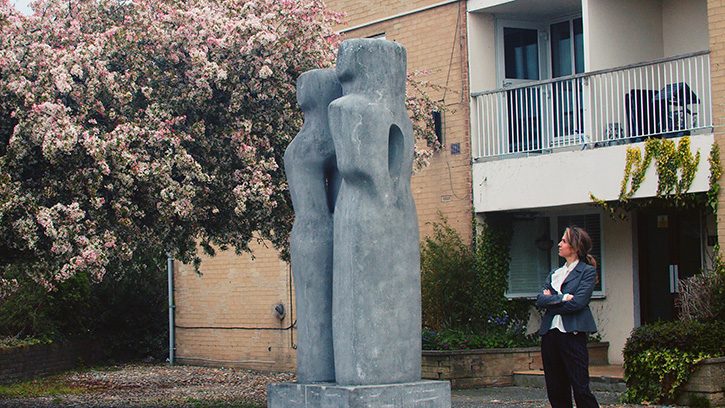
So, what draws me to the sculpture? Contrapuntal Forms chimes with the utopian vision for Harlow new town. The sculpture presents the possibility of a new life and society through a modernist, stripped-down aesthetic. Carved from two monumental blocks of Irish blue limestone, the sculpture shows two separate abstract figures. The holes running through both figures are located where the chest or the lungs might be. There's a suggestion of sound – or conversation – travelling through both forms. The figures, with their heads ostensibly looking outwards, towards the horizon, are enormous, but they represent us.
'Contrapuntal' refers to a musical term, like several of her works made at the time which draw on experimental musical forms. Hepworth integrated her love of music into her working routines with the actual physical rhythm of carving.
Still from HENI Talk's film on Barbara Hepworth's 'Contrapuntal Forms'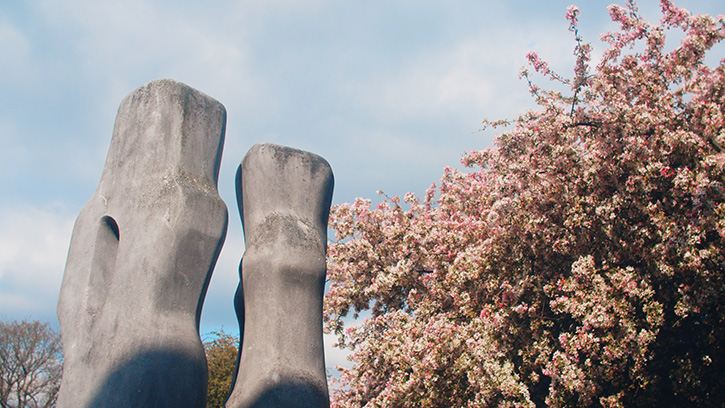
Direct carving is something that draws me to Hepworth's work. Prior to this, the pointing technique was the prevalent method of working with stone – it was a very mechanical process. In contrast, Hepworth carved straight into the stone, and there is an immediacy to that way of making.
The sheer force of will makes Hepworth an inspiration to me, as an artist. She was a female sculptor working at a time when she had to fight prejudice to gain recognition, and she was one of the few female artists who managed to achieve international prominence. Contrapuntal Forms remains an important part of Barbara Hepworth's legacy.
Irena Posner, artist
Subscribe to the HENI Talks YouTube channel to be the first to know about new film releases



